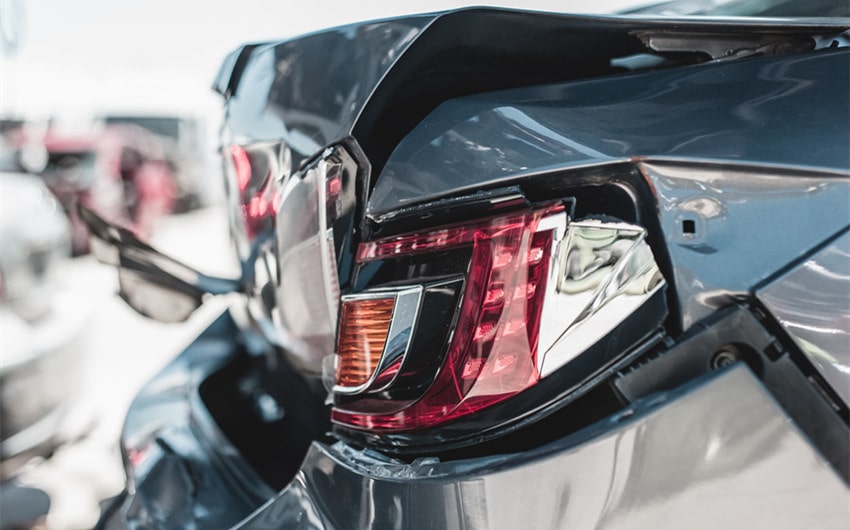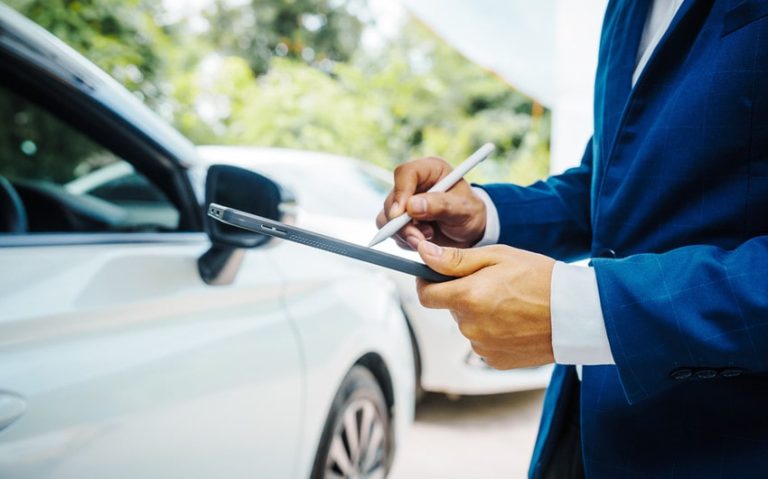Buying a salvaged car offers potential savings but comes with risks. You can save big on discounts and repairs, but hidden issues, such as more serious damage to the car’s body or engine, might cost you more in the long run. This guide will help you make an informed decision while enjoying the process.
How to Check a Salvage Car When Buying?
The best way to understand whether it is worth buying a car after an accident, e.g. on auction ford or any other car manufacturer’s brand and place, is to consult the service center of your choice. An experienced car buying agent will find damage in 5 minutes – such a service costs from 200 to 500 USD on average.
However, the problem is that not every seller will agree to take the car to a service station. Therefore, in most cases, you have to look for signs of visible and hidden damage yourself. Look for the following:
- parts that stand out in color – wings and doors, trunk lid and walls;
- visible dents, cracks, large chips, peeling paint, and rusty spots;
- heavily swinging and creaking doors;
- extraneous noise in the cabin at low speed;
- unequal gaps between body panels;
- drops of paint on rubber and plastic parts.
You can take a paint thickness gauge with you – renting a device for a day will cost around 40 USD. If the thickness of the paint layer is uneven, this car’s part has been in an accident. An alternative way to check is to use a weak refrigerator magnet. If it falls off from some parts, then most likely a thick layer of putty is hidden under the paint.
It is also worth checking the manufacturing date of individual components. On the windshield, it is indicated in the lower right corner of the marking (for example, 5 means 2015, 2005, or 1995).
At the headlight – look at a sticker on the back, at the seat belt – on a tag, at the point of attachment to the car’s body. If the components have been changed or renewed, the seller is hiding something from you.
When Should You Avoid Purchasing a Salvage Car?
The main reason to reconsider your purchase is when the owner has admitted the accident, but did not give you a discount. In addition, even minor hidden damage from accidents can have far-reaching consequences. When it comes to the surface, it will cause new problems and increase the cost of maintaining the car.
You definitely shouldn’t buy a car that has been restored after a major accident. If the power body elements are seriously damaged, the body irreversibly loses its strength. It is impossible to predict how it will behave in the next collision. The consequences can be fatal – the metal will fold like a beer can, squeezing people inside.
Summing It Up
Buying a salvage car can be a real gamble. It can save you good money if you know what you are doing and have some luck, as luck is an inevitable factor at play in this kind of business.
Even with over 10 years of accident-free driving, a car that’s been in a serious accident can still cause you many troubles. However, a properly restored car after minor damage can provide immense satisfaction and joy.







